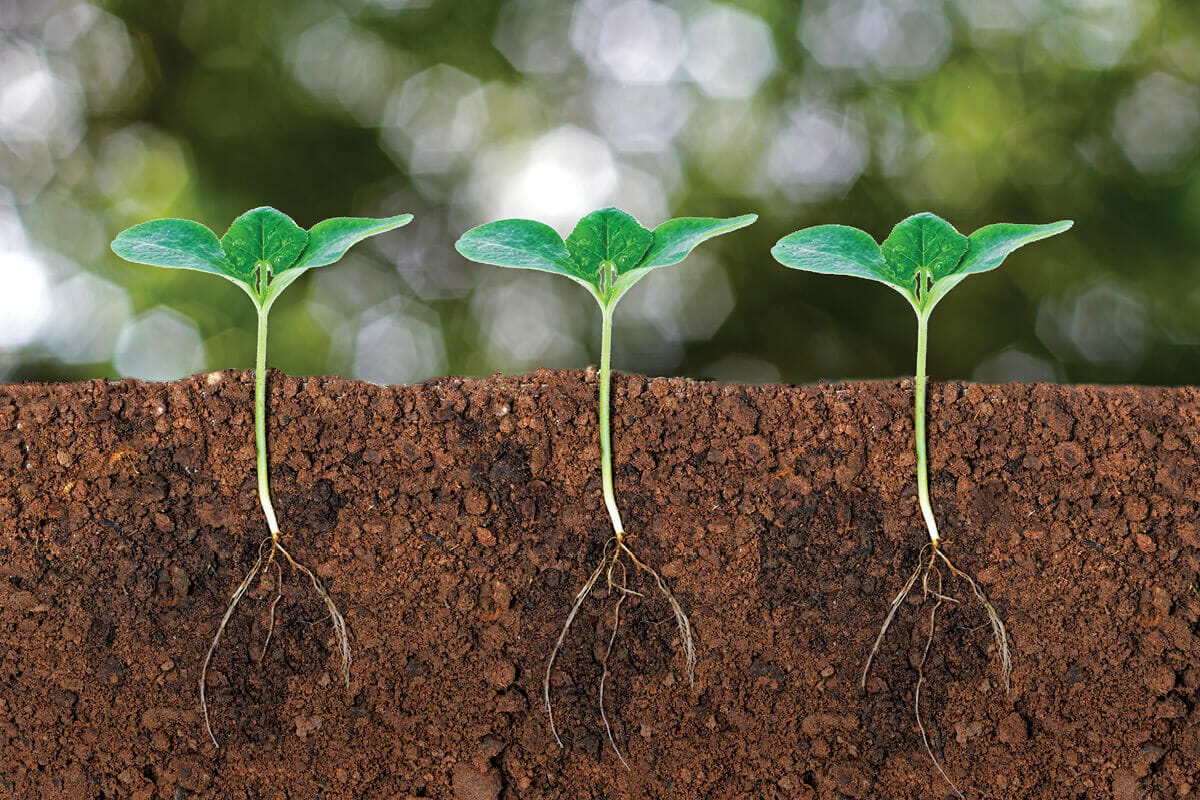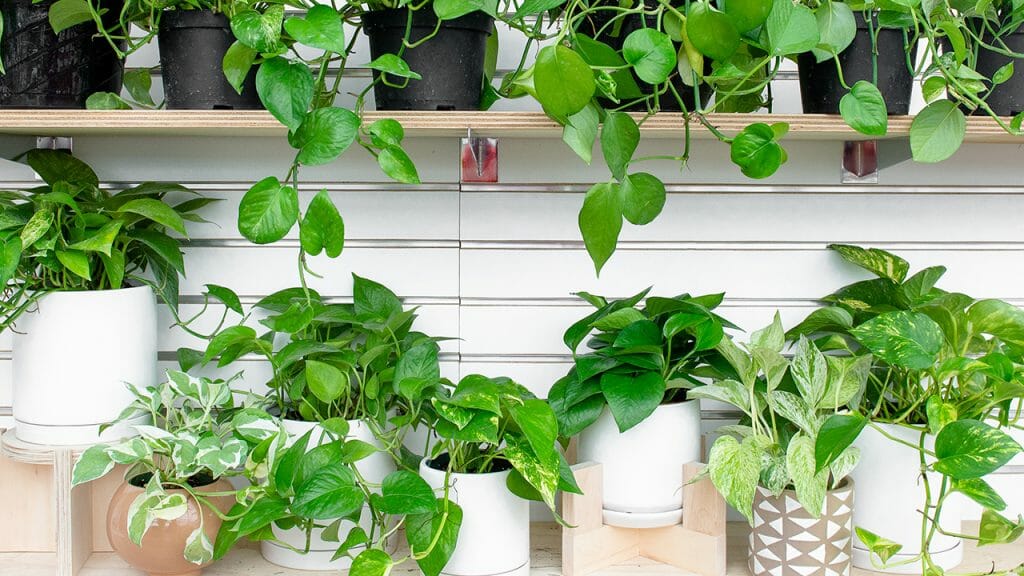
Flowers, stems, leaves, roots; these are the basic parts of almost every plant, and they all play a crucial role in a plant’s survival.
If you are a plant lover and are keen to learn about the vital functions of a plant, let’s start from the bottom and answer the question: what do roots do for a plant?
The roots are responsible for absorbing essential water and nutrients into the plant. They also act as an anchor for the plant, keeping it in the soil. Without their roots, a plant couldn’t survive.
To truly be able to look after the plants in our care, we need to know how they work, which means exploring the function of every part of them, most notably the roots.
This article is going to teach you about the various root systems and what function the roots play in the life of a plant.
What Do Roots Do For a Plant?
Roots are responsible for three main functions: anchoring, storing food and absorbing water and nutrients from the soil.
The plant is made up of 3 main parts: roots, stems, and leaves. Some plants also have flowers, but they are not an essential part of all plants. The survival of all the elements above ground is down to the roots.
The roots form the base of the plant that, in most species, exists entirely under the soil.

These are all the functions that roots fulfill:
● Absorbing Water and Nutrients
Roots can absorb nutrients and water from the soil through their thin epidermal layer as well as the tiny root hairs that cover the surface.
These essential substances will travel from the roots into the stem and then get distributed throughout the plant. The roots are essentially wholly responsible for feeding and sustaining the plant.
● Anchoring and Supporting
In order for a plant to grow tall above ground, it needs to be anchored into the soil. That’s where roots come in.
The roots spread out and reach down into the soil to give the plant a good base from which to bloom. If the roots are not deep enough or the soil around it is eroded, it will cause the plant to fall over.
● Storing Food
If you’ve ever had a close look at roots, you know that they are rather fat and fleshy. This is because they act as a pantry for the plants.
The food produced by photosynthesis is moved into the roots, where it is stored for future use. This store becomes particularly important to sustain the plant over winter.
Root Systems
So, now that we are acquainted with what function the roots serve, let’s look at the varieties of root systems that plants can have.
Here are the different kinds of root systems:
● Taproots
In dicotyledons, when a seed germinates, the first thing that pokes through the skin is the radicle. This is what eventually grows to create the tap root.
Taproots consist of one thick primary root that grows straight down and many small roots growing out from it. These secondary roots provide a larger surface area for absorption.
It is possible for these roots to reach a depth of up to 200 feet!

● Adventitious Roots
These occur in monocotyledonous plants and develop from the stem or leaf rather than from a radicle.
Rather than having one central primary root, the various kinds of adventitious roots branch out in thin clusters that spread across a wide area. These roots do not reach as deep as a taproot but rather spread horizontally to find purchase.
Aerial roots like those found in Banyan trees are versions of adventitious roots that reach both above and below ground.
These are some examples of different plants and the root systems they have:
| Plant | Root System |
| Carrot | Taproot |
| Dandelion | Taproot |
| Ficus | Taproot |
| Orchids | Adventitious |
| Oak Tree | Adventitious |
| Monstera | Adventitious |
Frequently Asked Questions:
What does the stem do for the plant?
The main role of the stem is transportation and structure.
The stems are directly linked to the roots, so all the water and nutrients that are absorbed are transported to the rest of the plant through the stem.
They also form the structural column from which the leaves and flowers grow. They can range from thin and green to thick and woody, depending on the plant.
Do all plants have roots?
All plants have roots of some kind unless you are dealing with air plants that are specially adapted.
If a plant grows in the ground, it needs roots to hold it in place and deliver the water and nutrients to the rest of the plant.
Is a carrot a root?
Yes! A carrot is actually a tap root.
Like all tap roots, carrots grow from the radicle that initially appears from the seed. It then grows straight down into the soil to anchor the carrot greens that sit above the surface. Since we eat the root, carrots are a one-time crop that cannot be replenished from the same source over and over.
Conclusion
Roots are essentially the part of the plant that is both responsible for keeping the plant anchored and fed and nourished.
From the large taproots to the thin clumps of adventitious roots, they are vital parts of the plant that we need to treat delicately anytime we handle them.
The next time you repot one of your plants and expose its roots, you will be able to appreciate all the hard work these delicate plant parts do.


